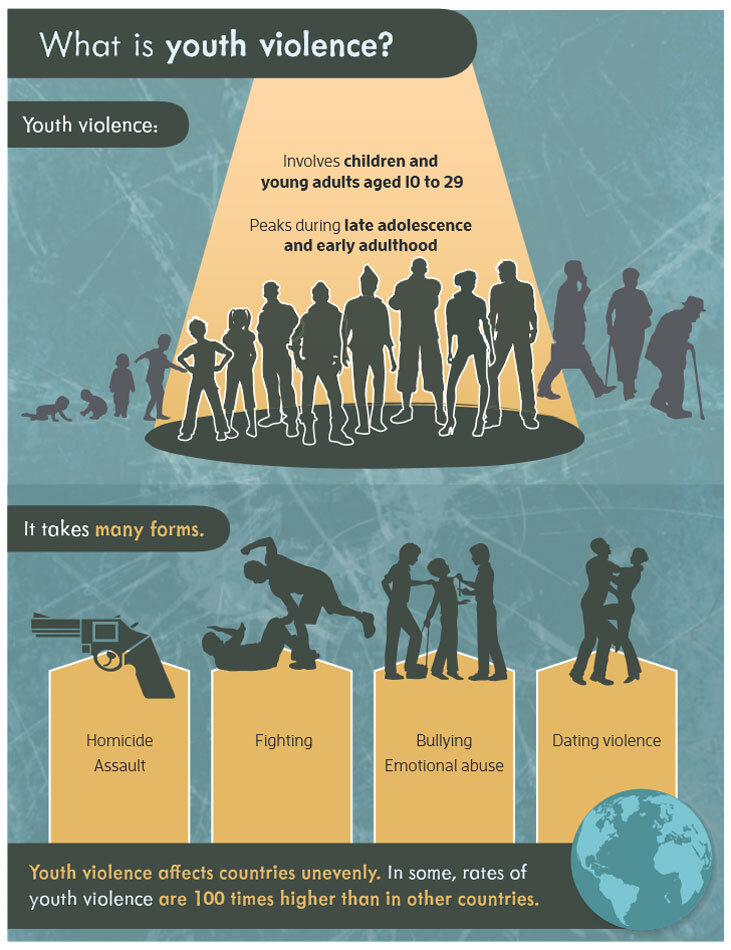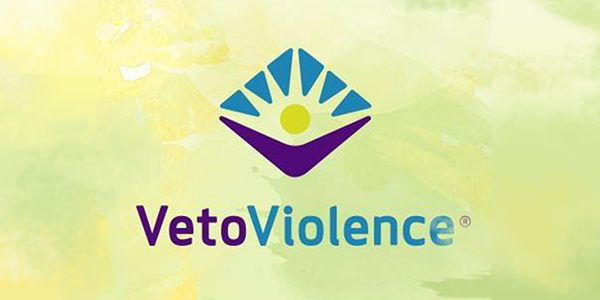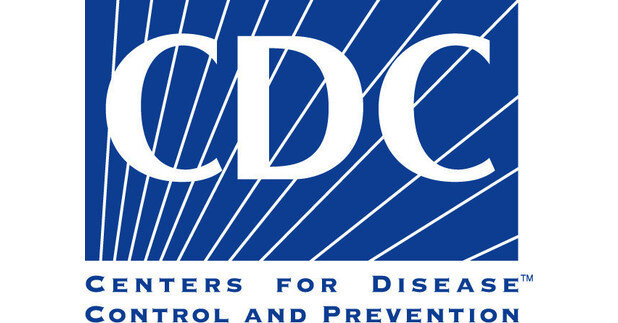Youth Violence
A young person can be involved with youth violence as a victim, offender, or witness. It is important for your and others around you’s safety to help prevent youth violence from happening.
Consequences of Youth Violence
Increases risk for:
Behavioral and mental health difficulties
Future violence perpetration and victimization
Smoking
Substance abuse
Obesity
High-risk sexual behavior
Depression
Academic difficulties
School dropout
Suicide
Community consequences:
Increases health care costs
Decreases property value
Disrupts social services
Negatively impacted community and school events and attendance, viability of businesses
Prevention Factors for Youth Violence
Factors that may protect some youth from violence include:
connectedness to family or other adults
ability to discuss problems with parents
the perception that parental expectations for school performance are high
frequent shared activities with parents
youth involvement in social activities; commitment to school
consistent presence of parent during at least one of the following: when awakening, when arriving home from school, during evening mealtimes, and when going to bed.
Statistics of the Youth Violence Problem
Nearly 1 in 5 high school students reported being bullied at school last year
1 in 7 reported being electronically bullied
Homicide is the 3rd leading cause of death for those aged 10-24
Every day, about 13 youth die from homicide
Youth violence causes about 400,000 nonfatal injuries each year
Youth violence costs more than $20 billion annually, which includes everything from medical costs to criminal justice system costs to lost productivity costs, and more








